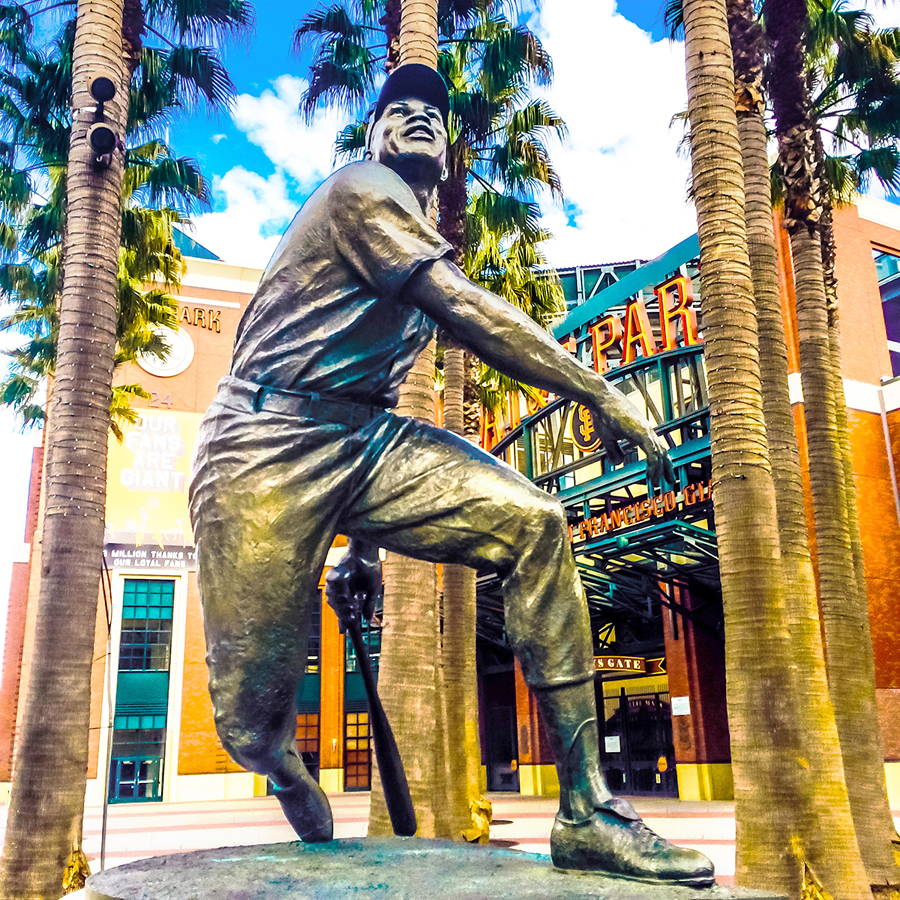Diamonds of the West - Page 4
Best in State
An informal poll of our sources ranks the architecture of California's seven major league parks, which together have hosted 21 World Series.
 |
1. Dodger Stadium (1962), Los Angeles; Emil Praeger, architect. Ballpark author Paul Goldberger calls its restoration "a testament to the 21st century's rediscovery of mid-century modernism and Los Angeles' key role in it."
2. Oracle Park (2000), San Francisco; HOK, architect. Goldberger says the design provides "a pleasantly traditional exterior" but also "avoids both cloyingly historical details and overtly modern ones."
3. Petco Park (2004), San Diego; HOK/Antoine Predock, architect. Architect Bob Bangham likes it partly because it was "definitely designed with a California sensibility."
4. Oakland Coliseum (1968), Oakland; Skidmore, Owings and Merrill, architect. Architect Janet Marie Smith believes this and Dodger Stadium alone in the '60s possessed "what I think of as having architectural significance."
5. The Big A (1966), Anaheim; Noble W. Herzberg, architect. Architectural historian Alan Hess terms it "not quite the same character" as the state's first two stadiums, "although it is still modern."
6. Candlestick Park (1960), San Francisco; John Savage Bolles, architect. While Hess praises it as "a very strong piece of modern design," Bangham called it "the coldest place outside of Green Bay to watch a football game."
7. SDCCU Stadium (1967), San Diego; Frank L. Hope, architect. One of the last multiuse stadiums, perhaps the best things about it architecturally are that it hosted the '84 World Series and people still call it 'The Murph' after a local sportswriter.
- « first
- ‹ previous
- 1
- 2
- 3
- 4




